**13 U.S. States Where the Wildlife Is Getting More Aggressive**
Hey there, nature enthusiast! We all know that interacting with wildlife can be unpredictable, but lately, things are getting a bit more intense in some parts of the U.S. No need to panic—just keep your eyes open and stay informed. Let’s dive into the states where critters are getting a little too bold for comfort. Whether you’re planning a trip or just curious, here’s the lowdown on which states are seeing their wildlife act up.
1. Alaska

Alaska is known for its breathtaking scenery and abundant wildlife, but lately, the animals seem to be getting a little too close for comfort. Residents have reported an increase in aggressive encounters with bears, especially during the salmon run when the competition for food is fierce. A study by wildlife biologist Tom Smith highlighted that climate change is altering food availability, potentially making animals more desperate and aggressive. You might want to brush up on your bear safety measures if you’re heading this way. Remember, even the most stunning views aren’t worth a dangerous encounter.
The state’s vast wilderness is home to a variety of wildlife, from moose to wolves, and each has its own set of behaviors. But it’s the bears that have been causing the most concern among locals and tourists alike. The key is to stay informed about wildlife activity and always respect their space. In recent years, more educational programs have been implemented to help people understand how to safely coexist with these majestic creatures. So when you’re hiking or camping, a little preparation can go a long way in keeping you safe.
2. Montana

Montana’s rugged terrain is a haven for outdoor enthusiasts, but it’s also a place where wildlife feels at home. Recently, there have been more reports of aggressive elk and deer, particularly during the rutting season. These animals can become territorial and might charge if they feel threatened or if you get too close. It’s a good idea to keep your distance and use binoculars or a camera’s zoom function to enjoy these animals without disturbing them. Remember, the best encounters with wildlife are the ones where everyone goes home safely.
The increased interactions aren’t just happening with large mammals. Smaller creatures, like raccoons and skunks, are also showing up more frequently in urban areas, possibly due to habitat encroachment. Wildlife experts recommend keeping your properties secure and garbage tightly sealed to avoid attracting these critters. If you love exploring Montana’s great outdoors, ensure you’re equipped with the right knowledge and gear. A little caution can enhance your adventure without compromising your safety.
3. Florida

Florida might be famous for its beaches and theme parks, but it’s also home to a diverse range of wildlife. Lately, there have been more instances of alligators and snakes encroaching on residential areas. Dr. Frank Mazzotti, a wildlife ecologist at the University of Florida, notes that urban development and water management changes are pushing these animals closer to humans. So, if you’re living in or visiting Florida, it’s wise to be aware of your surroundings, especially near swamps and canals. Keeping a safe distance from water edges can help you avoid unwanted surprises.
Florida’s warm climate also supports a wide variety of bird species, some of which have been known to become aggressive during nesting season. Residents and visitors are often advised to avoid areas where birds are nesting to prevent any potential conflicts. Additionally, the state’s famous Everglades are a hotbed for both wildlife and tourism, making it crucial for people to follow park guidelines. Whether you’re boating, hiking, or just sightseeing, understanding local wildlife behaviors can enrich your experience. Respect for these animals’ natural habitats is key to maintaining harmony in the Sunshine State.
4. Colorado
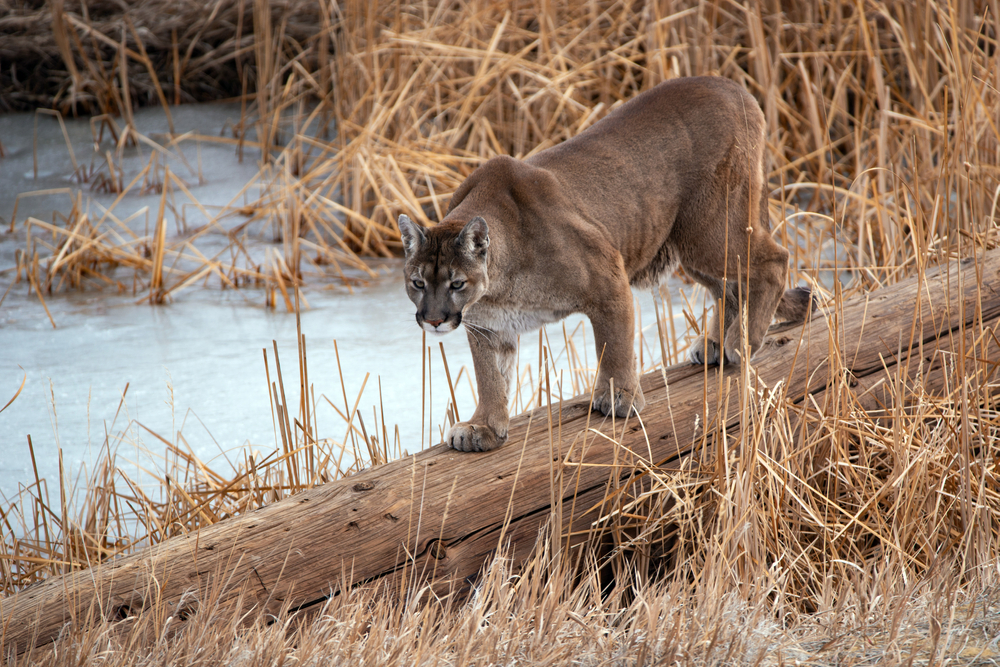
Colorado’s stunning landscapes are a playground for wildlife, but recent reports suggest that some animals are becoming a bit more assertive. Mountain lions and bears appear to be venturing closer to populated areas, possibly in search of food. This shift could be a result of changing weather patterns affecting their natural food sources. Hikers and residents are encouraged to stay vigilant and carry deterrents like bear spray when exploring these areas. By being prepared, you can enjoy Colorado’s beauty without putting yourself at risk.
The state is also seeing more frequent interactions with smaller wildlife such as foxes and coyotes. These creatures are becoming more comfortable around humans, which can lead to issues if they’re fed or encouraged to stay. Wildlife officials urge people to avoid feeding wildlife, as it can alter their natural behaviors and make them more aggressive. For those living in or visiting Colorado, awareness and respect for these animals are crucial. Whether you’re on a trail or in your backyard, keeping a respectful distance ensures everyone’s safety.
5. California

California’s diverse ecosystems are home to a variety of wildlife, but there has been a noticeable uptick in aggressive animal behavior. According to a report by the California Department of Fish and Wildlife, incidents involving coyotes and mountain lions are on the rise. This could be linked to urban sprawl encroaching on their habitats, forcing these animals to adapt in unexpected ways. Staying informed about local wildlife activity can help you make safer choices when enjoying the outdoors. It’s all about coexistence, and knowing how to interact with these animals is key.
The state’s famous parks and trails attract millions of visitors each year, many of whom are eager to spot wildlife. However, with more people comes the need for increased awareness about potential risks. Park rangers often remind visitors to keep food secured and to make noise while hiking to avoid surprising an animal. Whether you’re taking a leisurely stroll or an intense hike, respecting wildlife is crucial. Enjoy the beauty of California’s nature while keeping safety a top priority—it’s a balance that’s worth the effort.
6. Wyoming
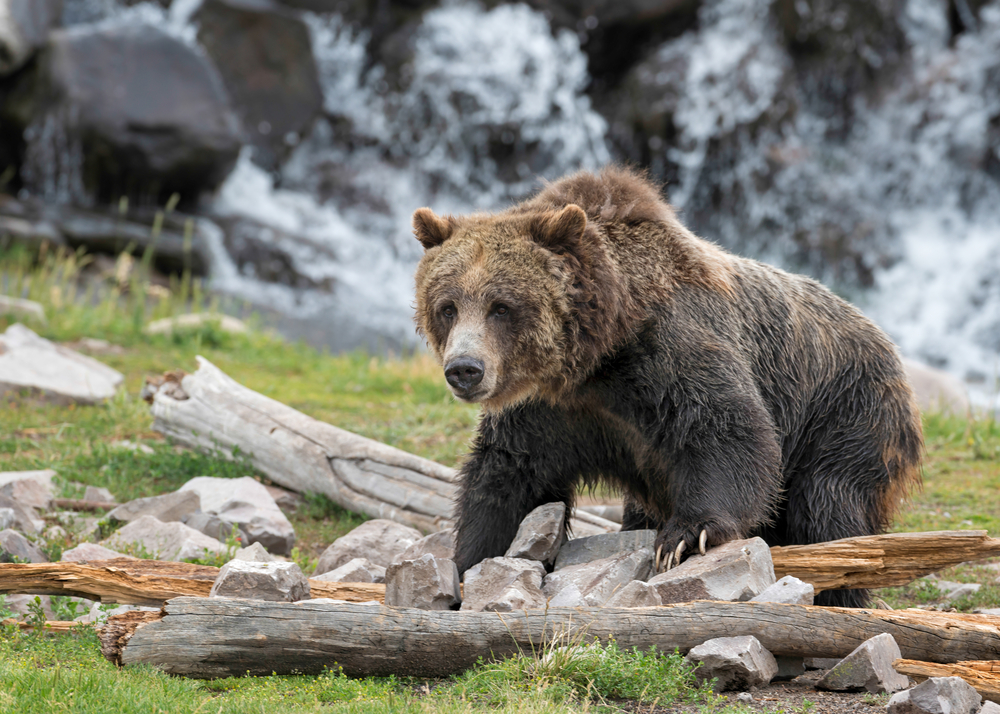
Wyoming’s vast open spaces and national parks offer a sanctuary for wildlife, but with that comes some unique challenges. Grizzly bears and bison have been increasingly involved in aggressive encounters, often due to tourists getting too close for comfort. It’s important to remember these animals are not domesticated and should be given their space. By following park guidelines and keeping a safe distance, you can enjoy watching these powerful creatures without putting yourself in danger. A little respect goes a long way in Wyoming’s wild landscapes.
Besides the larger mammals, Wyoming is also home to various bird species that can become territorial. During certain seasons, these birds might exhibit protective behaviors, especially near nesting areas. Wildlife experts suggest keeping pets on leashes and avoiding areas where birds are nesting. This will help prevent any confrontations and ensure everyone’s safety. Whether you’re camping, hiking, or just passing through, make sure to stay informed about the local wildlife and their behaviors.
7. Arizona
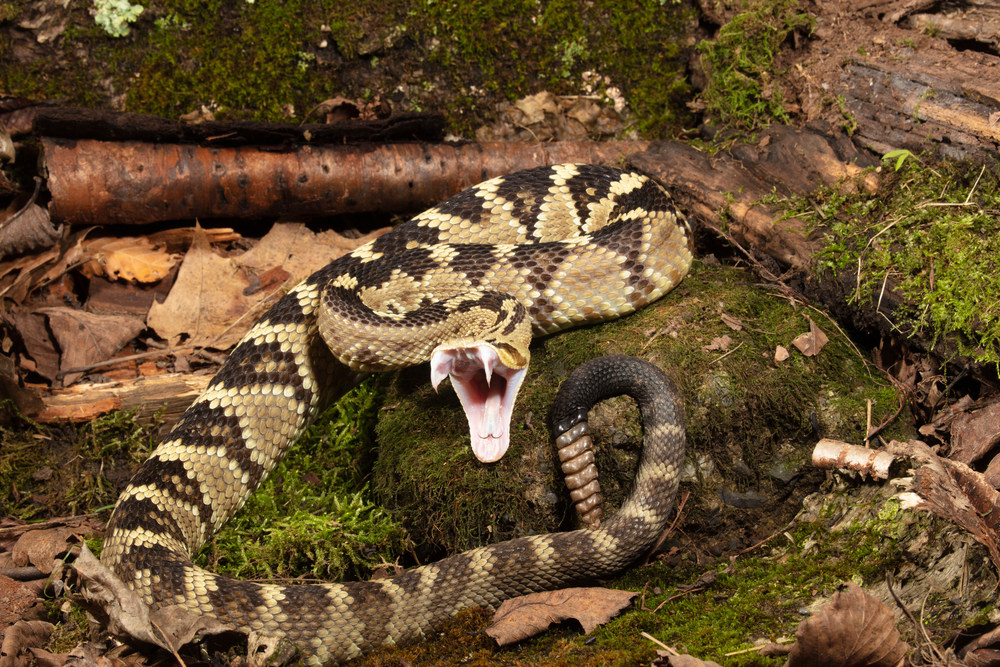
Arizona’s desert landscapes provide a habitat for a wide range of wildlife, and recently, some of these animals have been showing signs of aggression. A study conducted by Dr. Carol Chambers from Northern Arizona University found that increased human activity is disrupting bat populations, leading to more encounters. As these nocturnal creatures seek new roosts, they might find themselves closer to populated areas. It’s essential to keep your distance and avoid disturbing them if you come across any. Remember, they’re just as wary of you as you are of them.
The state’s iconic landscapes are also home to other creatures like rattlesnakes and scorpions, which can be dangerous if provoked. While these animals are generally not aggressive, they may defend themselves if they feel threatened. Hikers and campers are advised to stay vigilant and stick to marked trails to minimize risks. By respecting their environment and understanding their behaviors, you can safely enjoy all that Arizona has to offer. Whether you’re exploring the desert or enjoying a night under the stars, awareness is your best tool for staying safe.
8. Maine
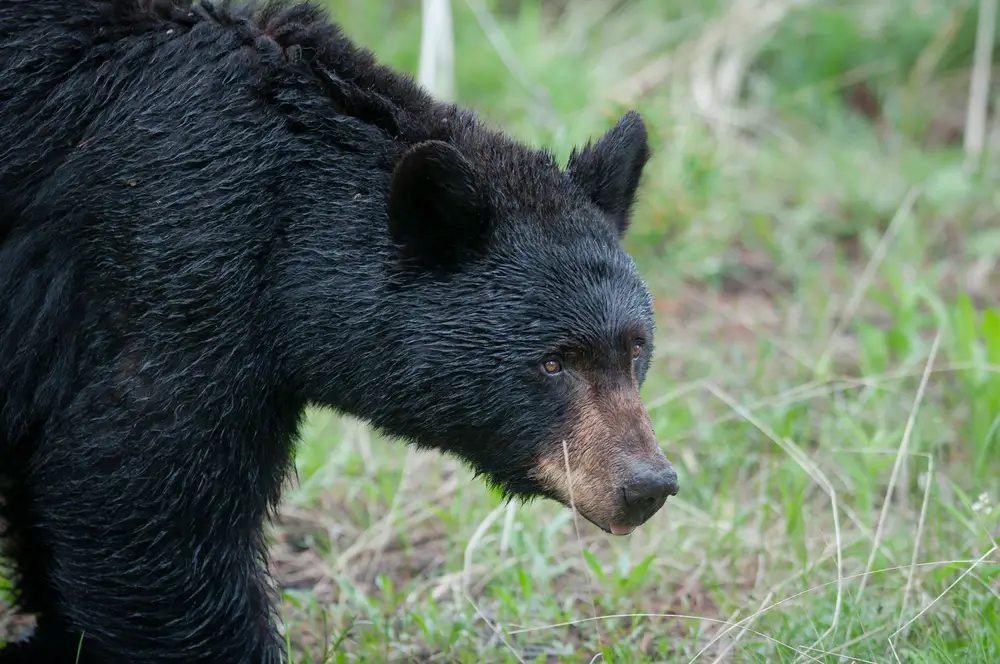
Maine’s dense forests are a haven for a variety of wildlife, but recent reports suggest some animals are becoming more aggressive. Moose, in particular, have been involved in numerous incidents, often due to people getting too close for photos. These large animals can be unpredictable, especially during mating season, so it’s crucial to maintain a safe distance. Park officials recommend staying at least 50 yards away from moose and other large wildlife. By respecting their space, you can enjoy Maine’s natural beauty without putting yourself in harm’s way.
In addition to moose, black bears and foxes are also becoming more common in residential areas. As these animals lose their fear of humans, they can become bolder and potentially dangerous. It’s important to secure your trash and avoid feeding wildlife to prevent these encounters. Educating yourself about local wildlife and their behaviors can help you make informed decisions when enjoying the outdoors. Whether you’re hiking, camping, or just relaxing at a cabin, being prepared is key to a safe and enjoyable experience in Maine.
9. Michigan
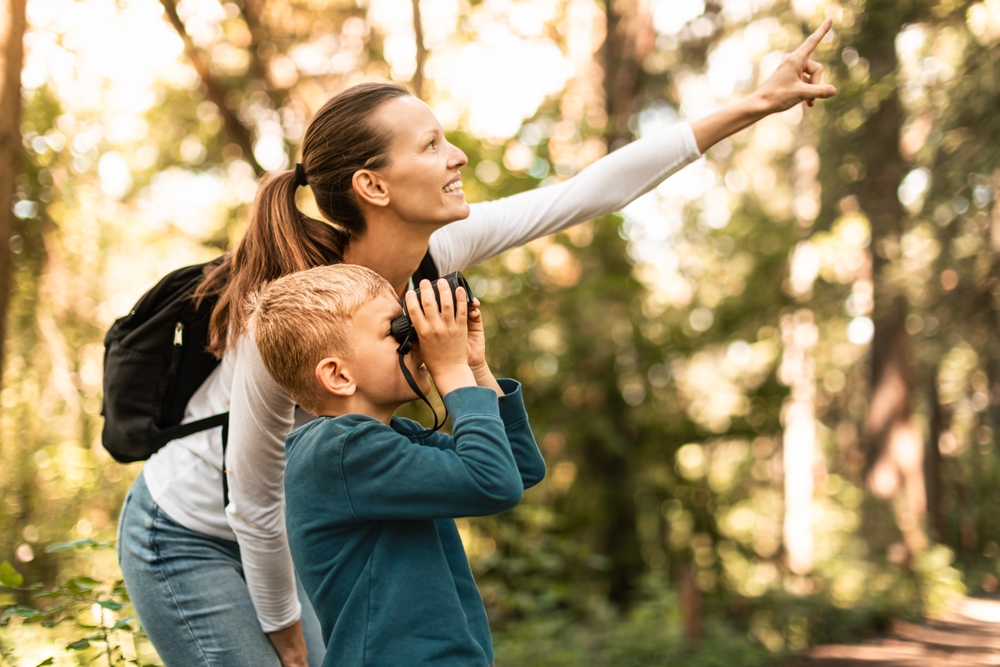
Michigan’s diverse ecosystems are home to a wide range of wildlife, and recent reports indicate an increase in aggressive behavior. Black bears and coyotes are becoming more prevalent in suburban areas, likely due to habitat loss and food scarcity. Residents are encouraged to take precautions, such as securing trash and avoiding leaving pet food outside. By taking these steps, you can help reduce the likelihood of encountering aggressive wildlife. Awareness and preparation are essential for coexisting safely with Michigan’s wildlife.
The state’s waterways and forests also host a variety of bird species, some of which have been known to become territorial. During nesting season, it’s not uncommon for birds to dive-bomb people who get too close to their nests. To minimize these encounters, it’s best to avoid known nesting areas and give birds their space. If you love birdwatching, maintaining a safe distance ensures you can enjoy their beauty without causing stress to the animals. Educating yourself about local wildlife is an excellent way to enhance your outdoor experiences.
10. Washington
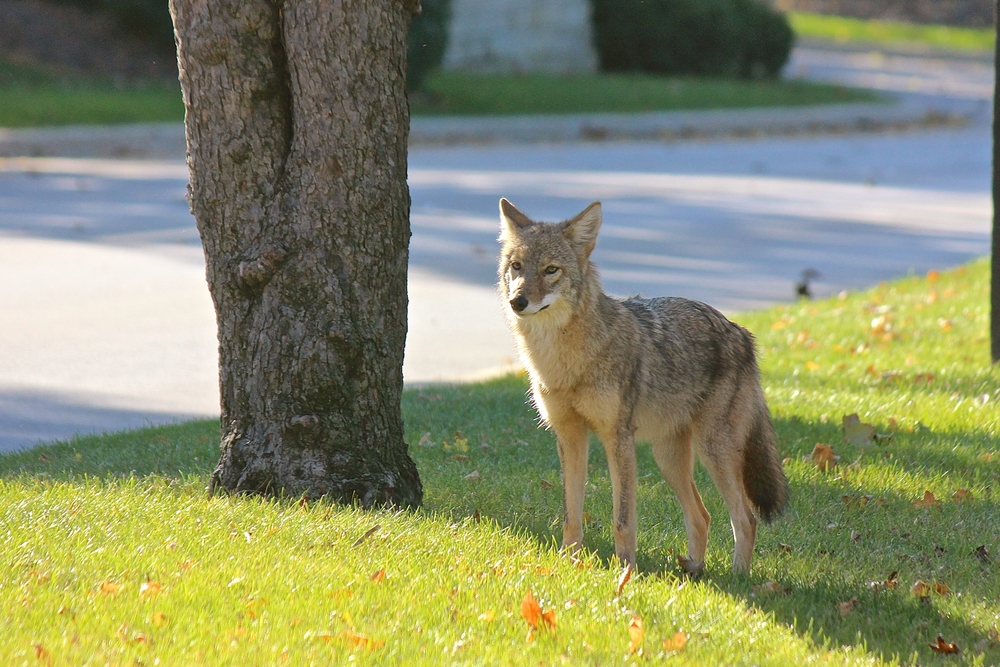
Washington’s lush landscapes are home to a diverse array of wildlife, but recent incidents suggest some animals are becoming more aggressive. Cougars and bears are venturing closer to populated areas, possibly in search of food as their natural habitats are impacted by development. Wildlife experts advise residents and visitors to stay alert and carry deterrents when exploring these areas. By being prepared, you can enjoy Washington’s natural beauty while minimizing the risks of wildlife encounters. Understanding local animal behaviors is key to a safe and enjoyable adventure.
In addition to larger mammals, the state is also seeing more interactions with smaller creatures like raccoons and skunks. These animals are often attracted to unsecured garbage and pet food, leading to increased conflicts. Residents are urged to secure their properties and avoid feeding wildlife to prevent these encounters. By respecting their space and natural behaviors, you can help ensure harmonious coexistence. Whether you’re camping, hiking, or just enjoying a day in the park, being informed is your best defense.
11. Oregon
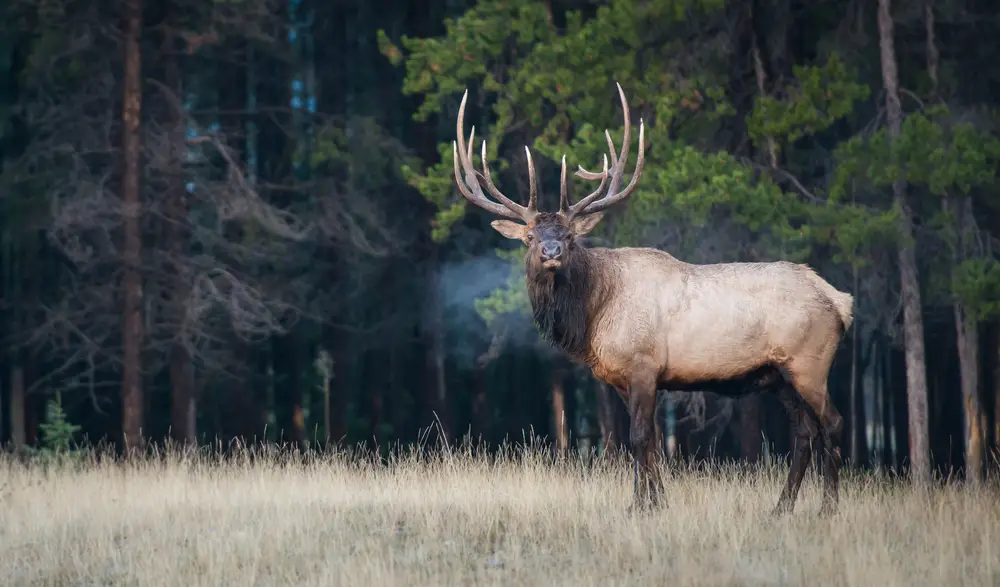
Oregon’s stunning landscapes provide a habitat for a wide variety of wildlife, but some of these animals are becoming more assertive. Recent reports of aggressive behavior from elk and bears have raised concerns among residents and tourists alike. It’s important to remember that these animals are not accustomed to human interaction and may react unpredictably if approached. To stay safe, always keep your distance and adhere to park guidelines when observing wildlife. A little caution goes a long way in ensuring peaceful encounters.
The state’s coastal areas also host a diverse range of marine life, including seals and sea lions. While these animals are generally not aggressive, they can become defensive if they feel threatened or cornered. Beachgoers are advised to maintain a safe distance and avoid disturbing resting animals. By respecting their space and natural behaviors, you can enjoy Oregon’s beautiful coastline without putting yourself at risk. Whether you’re exploring the mountains or the beaches, awareness and preparation are key to a safe and enjoyable experience in Oregon.
12. North Carolina
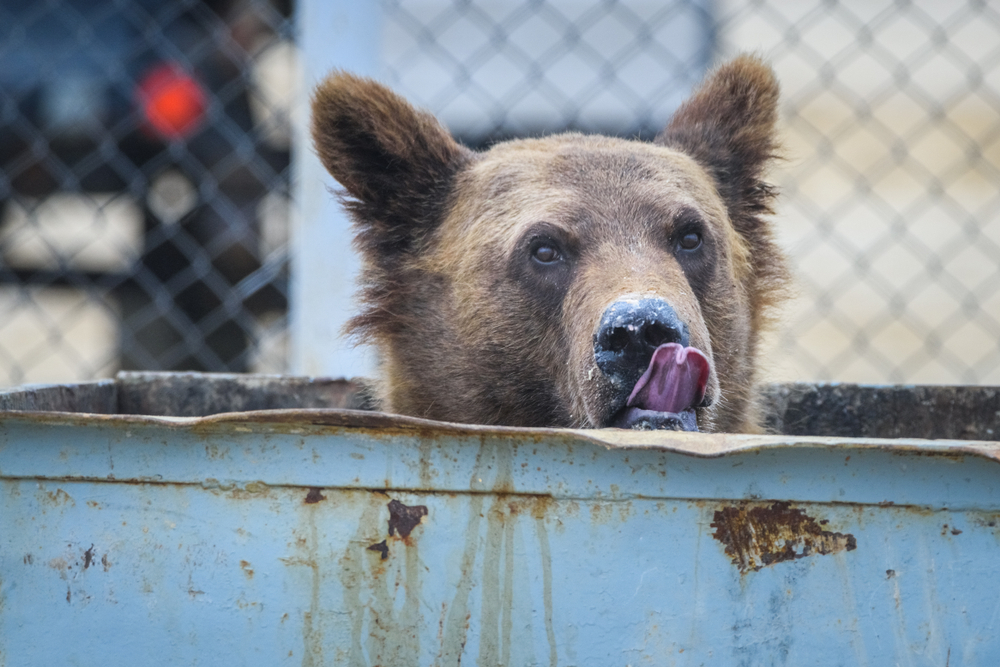
North Carolina’s diverse landscapes are home to a variety of wildlife, but recent reports suggest some animals are becoming more aggressive. Black bears and alligators have been increasingly sighted in residential areas, often in search of food. Residents are encouraged to take precautions, such as securing trash and avoiding leaving pet food outside, to prevent these encounters. Awareness and preparation are essential for coexisting safely with North Carolina’s wildlife. By respecting their space and natural behaviors, you can help ensure harmonious coexistence.
In addition to larger animals, the state is also experiencing an increase in interactions with smaller creatures like snakes and raccoons. These animals are often drawn to human habitats in search of food and shelter, leading to increased conflicts. To minimize these encounters, it’s important to secure your property and avoid feeding wildlife. By understanding local wildlife behaviors, you can make informed decisions when enjoying the outdoors. Whether you’re hiking, camping, or just relaxing in your backyard, being prepared is key to a safe and enjoyable experience in North Carolina.
13. Texas
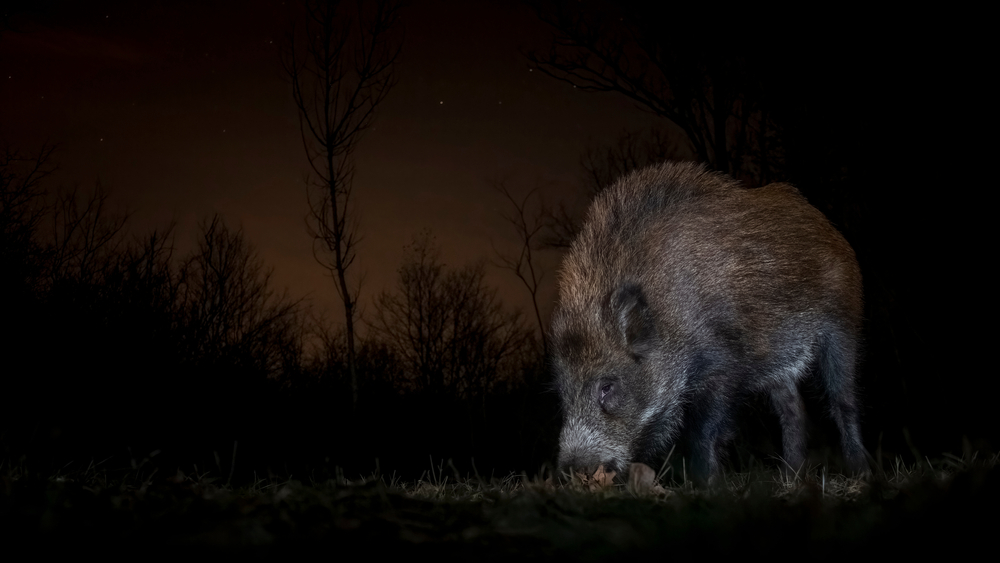
Texas is known for its vast landscapes and diverse wildlife, but recent incidents suggest some animals are getting a bit too bold. Reports of aggressive behavior from feral hogs and coyotes have been on the rise, posing challenges for residents and farmers alike. These animals can cause significant damage to property and crops, making it important to stay vigilant and take preventive measures. By securing your property and avoiding leaving food out, you can help reduce the likelihood of encountering aggressive wildlife. Awareness and preparation are essential for coexisting safely with Texas’s wildlife.
The state’s waterways and forests also host a variety of bird species, some of which have been known to become territorial. During nesting season, it’s not uncommon for birds to dive-bomb people who get too close to their nests. To minimize these encounters, it’s best to avoid known nesting areas and give birds their space. If you love birdwatching, maintaining a safe distance ensures you can enjoy their beauty without causing stress to the animals. Educating yourself about local wildlife is an excellent way to enhance your outdoor experiences in Texas.
